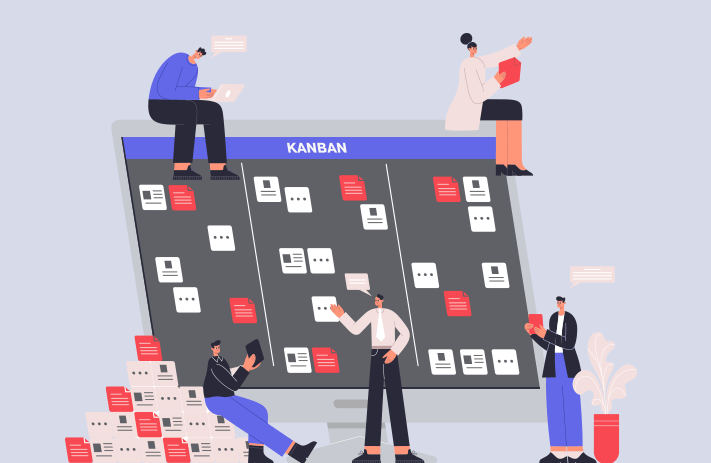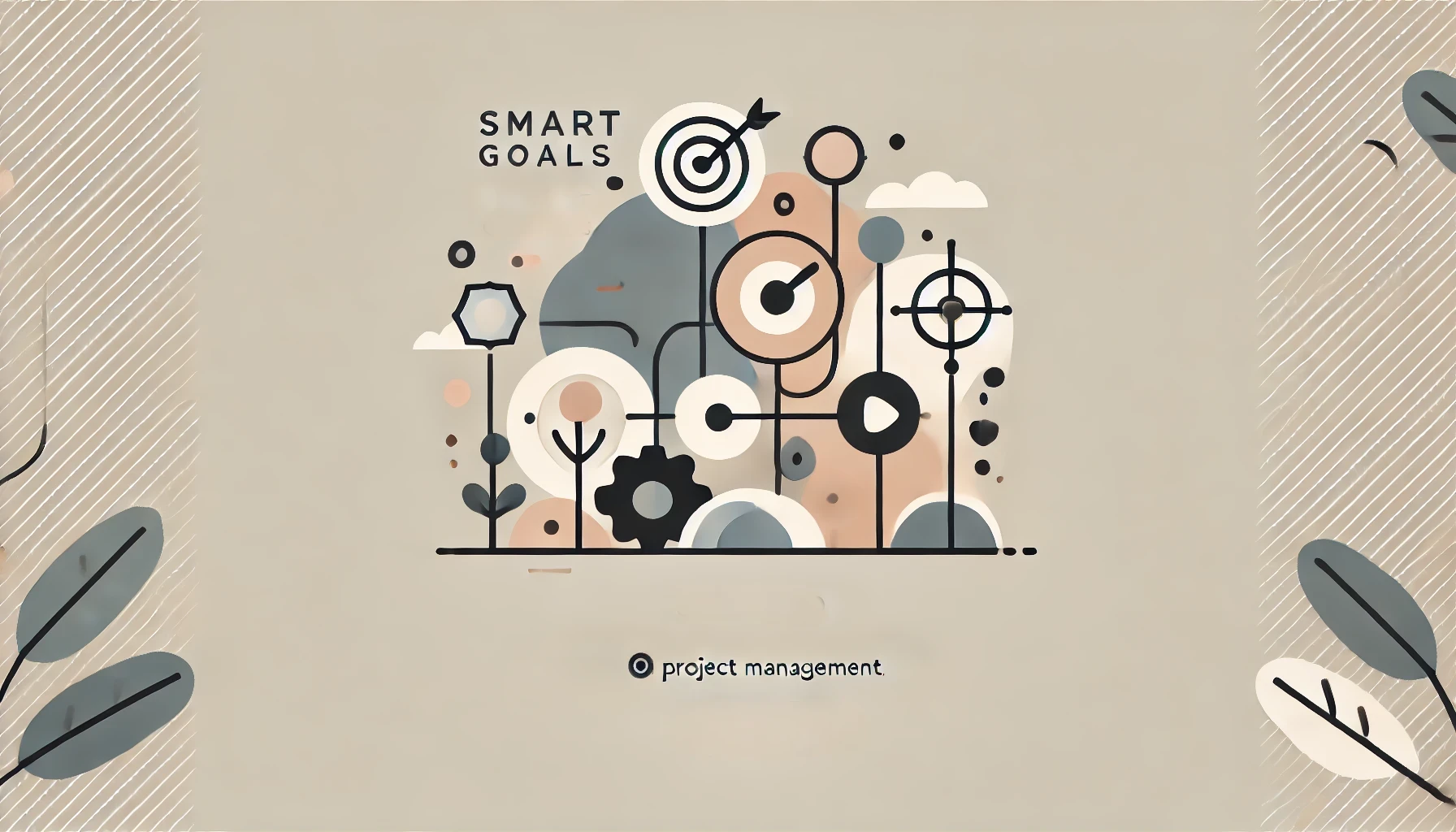
Click the button to start reading
The Secrets of High Performing Scrum Teams
Bees are busy, hard working creatures. They’ll travel up to four miles from their hive, and pollinate as many as 5,000 flowers each day! And the fruit of their labor is sweet indeed.
But their team structure, let’s face it, is kinda weak. The entire hive is dependent on that one queen. If she flies off to greener pastures, the entire collaborative effort is kaput.
Often, teams work through projects with a similar house-of-cards structure. When everyone falls into fixed roles, skills get siloed and the project faces immense risk.
In today’s working landscape, where teams are often distributed and everyone has to be hooked up to several networks, adding risk is the last thing a project needs!
Scrum offers real solutions to the problems teams face. It’s a collaborative framework that plans for uncertainty.
But implementing scrum can be a struggle on the uptake. Teams don’t always meld to the process right away, and many company cultures clash with the autonomy it advocates.
Improving the productivity of your scrum team sometimes is about tweaking a tool, or recommitting to the scrum ceremonies.
Let’s take a look at eight ways to boost scrum team performance. But first, let’s go over what a scrum framework is in the first place.

Scrum 101
“Scrum is based on a simple idea: whenever you start a project, why not regularly check in, see if what you’re doing is heading in the right direction, and if it’s actually what people want? And question whether there are any ways to improve how you’re doing what you’re doing, any ways of doing it better and faster, and what might be keeping you from doing that,” writes Jay Sutherland, in his book Scrum: The Art of Doing Twice the Work in Half the Time.
Back in the 90s, he and Ken Schwaber designed the scrum framework for software teams.
Before scrum, software teams completed projects using a system called Waterfall. At the beginning of a project, managers plotted out every step of the process onto a Gantt chart. Using the chart as its guide, the software team hunkered down and got to work.
One fatal flaw with Waterfall is that it entirely ignores feedback during the product development. Often the final product ends up being something the user doesn’t like and never uses. All of the time and resources were for naught.
Scrum is a collaborative, itinerant approach to developing software that collects feedback throughout the project, and aims to ultimately deliver a product that the user enjoys. It’s name, “scrum,” refers to a play used in rugby where a team collaboratively works to gain possession of the ball.
Scrum is based on principles outlined in the Agile Manifesto, written by Sutherland, Schwaber, and other developers in 2001. Its framework is built around specific roles, ceremonies and artifacts.
1. Ceremonies
A scrum team works around five ceremonies: sprint planning, sprints, stand ups, sprint reviews, and sprint retrospectives.
During sprint planning, the team considers the next steps it needs to take in achieving the overall goal. It selects a small batch of work to complete.
A sprint is a short (generally one or two week) period in which the team works on everything it outlined during the sprint planning.
A stand up is a quick daily meeting, in which the team assesses how the sprint is going. The team identifies progress and any impediments. The daily stand up embodies a principle of the Agile Manifesto which is that team members communicate daily throughout a project.
At the end of a sprint, the team meets for a sprint review. They look over what it has accomplished and any completed product is shipped to the end user for feedback.
At the completion of the sprint, the team gathers for a sprint retrospective. During this ceremony, it analyzes how everyone collaborated, and how the team was (or wasn’t) supported by the organization. The goal of the retrospective is to identify impediments, and specific ways to improve the process for the next sprint.

2. Artifacts
Throughout the sprint, the scrum team uses a scrum board, a product backlog, and develops increment.
A product backlog is a project’s prioritized to-do list. It breaks a large project into small tasks. It also includes any actionable items that come out of the retrospective.
A scrum board is a pipeline system for recording work. It includes three columns: work to be done from the product backlog, work in process, and completed work. It keeps all of the work front-of-mind, and clarifies which tasks are the most important.
Increment is what the team produces at the end of the sprint. The increment is presented to a project manager and the client. Their feedback informs the next sprint, keeping the team on track to complete its goal.

3. Roles
The scrum framework includes three roles: the product owner, the scrum master, and the development team.
The product owner grooms the product backlog, carefully determining work that will move the needle and add value for the next sprint. They also communicate with all the stakeholders in the project, including the client and the organization, to keep everyone updated on the progress.
The scrum master ensures the team follows the scrum framework. They oversee the team to identify impediments during the sprint and to make sure it has all the resources and skills it needs. The position isn’t about command and control, however, but more about facilitating an autonomous team.
The development team is composed of the worker bees. The team designs sprints based on feedback from the previous increment and with an eye on the overall goal. Agile teams are small, autonomous, and self-motivated.
So there’s a quick recap of the scrum framework. By following this method, a team methodically self-corrects and adjusts as it plots its way toward a desired outcome.
Since its inception, scrum has been embraced by fledgling start-ups and monoliths such as Amazon and Google.
Although it was initially developed for software teams, scrum has been applied across many disciplines. It is a useful framework for any collaborative effort where there are more knowns than unknowns, including marketing, event planning, and construction.
Now that we’ve covered the basics, let’s look at how to use this scrum framework to maximize the productivity of an agile team!

1. Embody the Fundamentals
Japanese martial arts uses a concept called “shuhari” to describe the stages from novice to master.
It’s this idea that when you first try your hand at something, it’s a real struggle. You need to keep the manual right at your side and play by the rules. However, as you advance, it becomes more like second nature. At some point, it’s possible to transcend the rules and rubrics and experiment with them.
In the same way that making a side-kick to the head looks pretty clumsy on the first try, any team embarking on a scrum journey sputters at first. Particularly in an environment accustomed to Waterfall, it’s easy to fall back on old ways or veer off course.
In these early stages, the team needs to follow the scrum framework closely, until the agile principles become habitual and second nature.
Only when the team fluidly completes each ceremony, and learns to embody the scrum roles, can it customize the methods and use them to suit its particular situation.
Take, for example, the scrum board. It’s important for a team initially to work with the traditional three columns: backlog, work in process, and completed work.
Once a team becomes fluid using the standard scrum board, however, it’s possible to tweak and adjust it. Depending on what suits their organization, a team may add columns for things such as ongoing work, or work that is stalled momentarily.
It’s important to keep careful check on these changes and adjustments. Understanding the principles of agile, outlined in the Agile Manifesto, is key to understanding whether or not a team continues to embody the principles of scrum.

2. Work Smart, Not Hard
It’s easy for a team to approach a long and complicated project with the mindset that all hands need to be on deck at all times, and to look back over the week and gauge success based on how many hours people put in.
This often means, however, that work is approached callously, with an exclusive emphasis on getting things out the door in order to focus on the next thing. Corners are cut, feedback is never sought, and a sloppy, unfit product is delivered to the client.
Scrum is about taking a methodical, meandering approach to a project. When a team isn’t working at ramming speed, it retains brain space for creative thinking. People are able to critically pan down a project’s timeline, and identify problems before they even happen.
The Agile Manifesto advocates working at sustainable speeds, and entails closely evaluating work as it’s completed. A productive agile team puts as much time into a retrospective as it does into sprints. This way, the team is able to pull out any weeds before they choke the final fruition of the project.

3. Develop Intrinsic Motivation
Large organizations may threaten a scrum framework. Whereas a scrum team values autonomy and self-motivation, higher and higher levels of the chain of command incentivize different behaviors. Additionally, the overwhelm of a large, looming project can weigh down on a scrum team and cause it to lose its zeal.
Self-motivation is central to a high-functioning scrum team. In his book Drive, Daniel Pink outlines three central components to intrinsic motivation:
- Purpose: A team works toward an aspirational goal.
- Mastery: Everyone on the team expands and hones their skills.
- Autonomy: A team is self-determined and plots its own course.
A team is able to overcome de-motivating impediments when a scrum master imbues it with these principles of intrinsic motivation.
4. Recognize Teamwork Over Individual Performance
The productivity of a team depends as much on the coordination within the team as on the skill sets of individual members.
Scrum is about the way a team works together. It’s not about skills or intelligence.
Collaboration is at the foundation of the agile methodology. When a work environment merits and acknowledges individual performance, it can create a competitive workplace where people feel rewarded to work in solitude.
The scrum artifacts can serve as useful antidotes when a company’s culture brushes up against collaborative agile principles.
When plotting out the scrum board, focus on the work that needs to be done, and less on who is doing it. When the product owner grooms the product backlog, ensure that the tasks are highly collaborative. Small tasks that allow people to come together strengthens the camaraderie within the team.

5. Diffuse Skills
A large complex project requires many specialized skills to complete. It’s easy for a team to carve deep grooves around processes and roles, and critical knowledge gets siloed.
This creates a precarious scenario. If one person is always counted on for performing certain tasks, then what happens when he or she is gone? The entire project is stalled.
A productive scrum team takes steps to cross-train, and spreads skills across all members of the team.
Taking an aerial shot of a project allows a team to get a thorough understanding of each and every skill needed to reach the project’s finish line. Next, by conducting an inventory of everyone’s skill sets, it’s possible to identify areas of vulnerability.
In order to cross-train and patch up weak areas, scrum utilizes a process called “pairing,” where two people work side by side to complete a task, and each one learns from the other.
In sum, when a team carefully grooms the product backlog and designs sprints with an eye for collaboration, it creates a strong skills base, enabling the team to press on without interruption, even when members are absent.
6. Cultivate Transparency
Every organization has its share of politics. Oftentimes, people are incentivized to spin a project by inflating numbers or skewing results. These practices obscure what’s really going on.
The scrum method seeks to understand how a team actually is working, rather than accept how it says it’s working.
In this transparent framework, the team actively identifies impediments, and wants to know just where a project stands: what work has been completed, what is left to do, and how the customer feels about it.
Scrum tools, such as a scrum board and a burndown chart, help to facilitate transparency.
With a scrum board, everything is laid out. Anyone can see what the team has completed, what it plans to work on, and what it’s currently working on. And the burndown chart provides a ready visual indicator of how a project is progressing.
Building trust is also integral to creating a transparent work environment. When a scrum master facilitates a retrospective without an air of oversight, it creates a space where members feel safe to have open and honest discussion.

7. Dig During Retrospectives
After the sprint review, it’s common for scrum teams to gloss over the retrospective, or even skip it altogether. From one vantage, it seems like the least practical step in the scrum framework.
Identifying impediments, however, is crucial to improving a scrum team’s overall productivity.
An effective retrospective doesn’t simply identify problems and impediments: it seeks to uncover root causes. When an impediment is identified, it’s helpful if a scrum team asks a series of “why” questions.
Let’s say a team launches a messaging service, and within minutes it crashes. An immediate explanation would attribute the failure to poor testing.
A good retrospective goes deeper, however. It asks why there wasn’t good testing: Is it because the team didn’t understand how to write tests? Or there wasn’t enough time?
The root cause of the failure may have to do with training, staffing, or time management issues.
When a team asks “why” questions, it’s able to take steps that resolve root causes, not simply surface problems. When this sort of digging is part and parcel to a scrum team, they’re able to fluidly move ahead with projects.

8. Focus on the Here and Now
When faced with a long, hard project, simply getting started requires a huge effort. And when a team stares down the timeline, and cannot see a finish, it’s a real challenge to plod on every day.
Scrum is about focusing on what is happening right now.
When a scrum master coaches the team to work within the cadence of sprints and retrospectives, it decreases feelings of fatigue and overwhelm.
By setting small, manageable goals during each sprint, and celebrating the increment that is developed at its finish, a team feels strong momentum to press forward.
Conclusion
Scrum provides a framework that allows a team to work around uncertainty, and creatively adapt to changes in a project.
Every team struggles when implementing scrum. But when a team really sets out to learn the beats, and follows the rhythm of the ceremonies, a project presses on at a steady andante tempo.
Whether you’re using scrum at work, within a volunteer organization, or with home planning, after a time the process becomes second nature. It’s easier to stay focused on the tasks at hand, and to bring problems to the team for feedback.
What are you looking to improve in your scrum team?
















